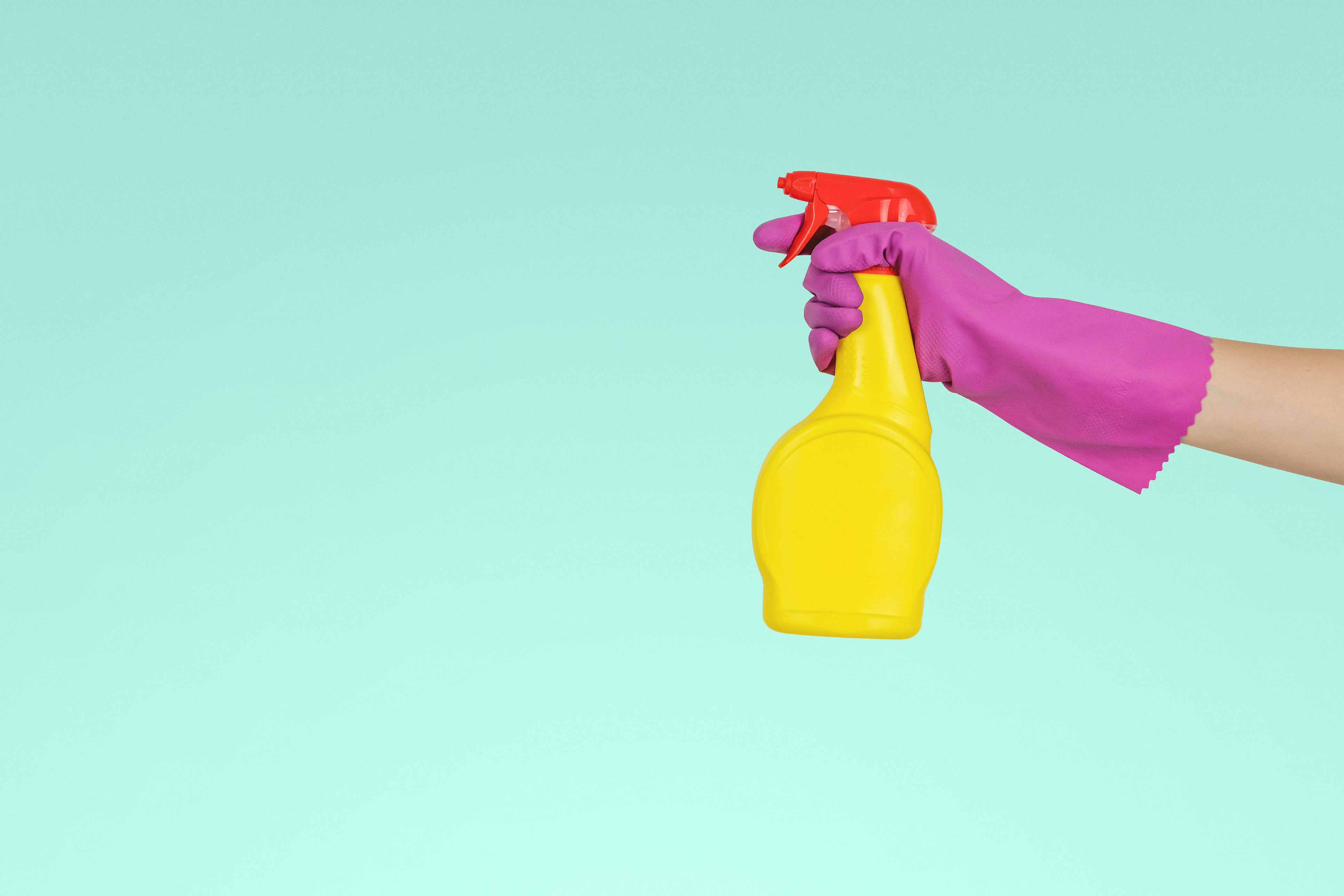In Australia’s humid climate, especially in the Gold Coast, mould can appear quickly if moisture issues in your home aren’t addressed straight away.
Acting fast is the key to avoiding health risks caused by mould, such as sinus infections and allergic reactions, and letting the blight affect the value of your property.
This article will explore the key steps you should take if you find mould in your home.
Find Out Where The Mould Is Coming From
The first step is to figure out where the moisture is coming from. Mould thrives in damp and moist environments, so common causes include:
- Leaks in the roof, walls, or plumbing.
- Poor ventilation in bathrooms, laundries, and kitchens.
- Rising damp in older homes.
If you’re unsure where the mould is coming from, a professional building inspector can help you.
Clean The Affected Areas
For small areas, you can clean mould yourself using a solution of vinegar and water. Just remember to:
- Avoid bleach, as it can make mould spores airborne.
- Wear gloves and a mask to protect your skin and lungs.
However, for widespread mould or if you’re dealing with black mould, it’s safest to hire a professional.
Fix The Issue
Whilst it's essential to clean the surface mould, especially if you are trying to sell your home, this won’t solve the problem if the underlying issue remains.
Depending on where the mould is coming from, you should fix any leaks, improve ventilation by running fans after showers and opening windows more often, and consider using a dehumidifier during wet seasons.
Final Thoughts
Mould can be quite common in Australian homes, but it doesn’t have to be a long-term problem that affects the value of your property when it's time to sell. In coastal regions like the Gold Coast, routine maintenance is especially important to keep your home mould-free. Just remember to regularly check for leaks, clean gutters, and keep an eye on damp-prone areas.


